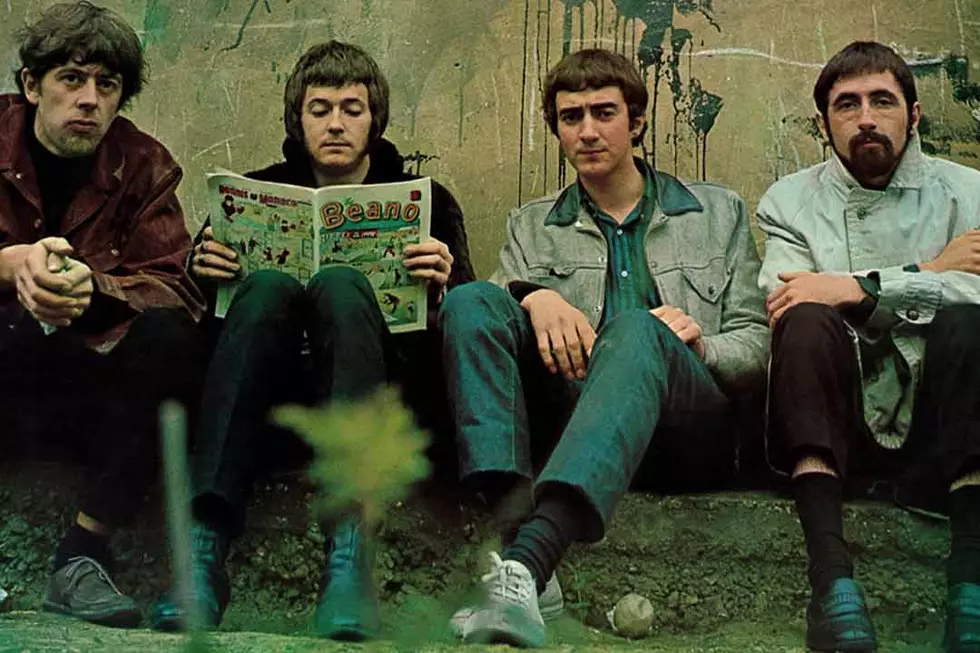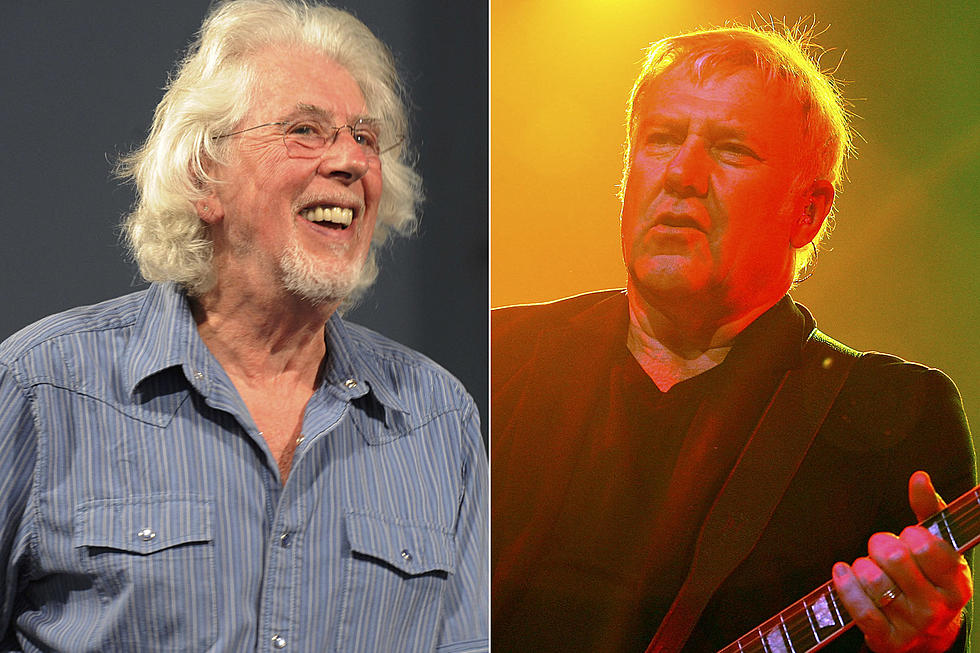
When John Mayall Retooled for ‘Blues Breakers With Eric Clapton’
John Mayall and Eric Clapton were both relatively well known when they joined up for an album on July 22, 1966. But Blues Breakers With Eric Clapton took both artists' careers to new levels and set them on the paths to their respective futures.
Clapton was fresh from the Yardbirds, the blues band he quit in disgust after they reached the Top 10 with the pop song "For Your Love" in 1965. Mayall was a beloved British blues singer, pianist and harmonica player with one album released under his name, a live record from the previous year that included bassist John McVie, just one year away from co-founding Fleetwood Mac with fellow future Bluesbreakers Mick Fleetwood and Peter Green.
Like Mayall's debut album, Blues Breakers With Eric Clapton was supposed to be a concert recording. The 32-year-old felt that the band played best in front of an audience, which fed into his musicians' performances. But the recording turned out to be unusable, so the group, once again with McVie on bass, went into a London studio in April 1966 and recorded a mix of covers and some originals penned by Mayall and Clapton. A dozen of them ended up on the album.
And even though Mayall's name is on the cover, with Clapton given a featured spot, there's no mistaking who the album belongs to. Unlike the harsher tones on the Yardbirds records, Clapton's playing here is clear, precise and warm – everything that would make him a "god" to his growing legion of fans in the U.K. Blues Breakers With Eric Clapton marks the beginning of the guitarist's legend. British blues rock starts here too.
Clapton sings only one song on the LP, a cover of Robert Johnson's "Ramblin' on My Mind," but his solos dominate the rest of the record. Freddie King's "Hideaway" is all clipped notes and bluesy shuffle until Clapton stomps his way to the end. A sweaty, rumbling take on Ray Charles' "What'd I Say" turns into the sort of rave-up Clapton made famous with the Yardbirds. And the stripped-down "Ramblin' on My Mind" is both a signature update and tribute to his lifelong musical inspiration.
The band – drummer Hughie Flint rounded out the quartet, and a horn section was later added to a few cuts – amplifies the traditional (and primarily Chicago blues) music, stamping it as something entirely original while keeping its roots firmly intact. It's a deft move that helped ignite the era's infatuation with blues-based rock music. (Jimi Hendrix, for one, was a huge fan of the record.)
But this lineup didn't last long. While Mayall went on to record dozens of albums over the years with some of England's best musicians, he and Clapton recorded together only once more, on 1971's Back to the Roots LP. Clapton felt stifled in the Bluesbreakers and was looking for something new.
Shortly after the release of Blues Breakers With Eric Clapton, bassist Jack Bruce briefly joined the Bluesbreakers. It wouldn't be long before he and Clapton, along with Bruce's old Graham Bond Organisation bandmate Ginger Baker, were in a new group, Cream. Green, who was originally a Bluesbreaker before Clapton, then replaced Clapton, until Green left for good with a couple more Bluesbreakers to form Fleetwood Mac.
And that's pretty much Mayall's legacy. Clapton once referred to him as a father figure, and his stature, and longevity, within the British music community attests to this. Pretty much every British blues musician from the period has played with Mayall, who was knighted in 2005, at some point during their careers.
Blues Breakers With Eric Clapton reached the Top 10 in the U.K., kickstarting Mayall's career and igniting Clapton's. It didn't chart in the U.S., but its influence over the years has long been secured. Every guitarist who's ever played a Gibson Les Paul with warm, stinging fluidity owes a debt to this album. A huge one.
Top 40 Blues Rock Albums
See Eric Clapton’s Guitar Hero Yearbook Picture
More From KYBB-FM / B102.7










